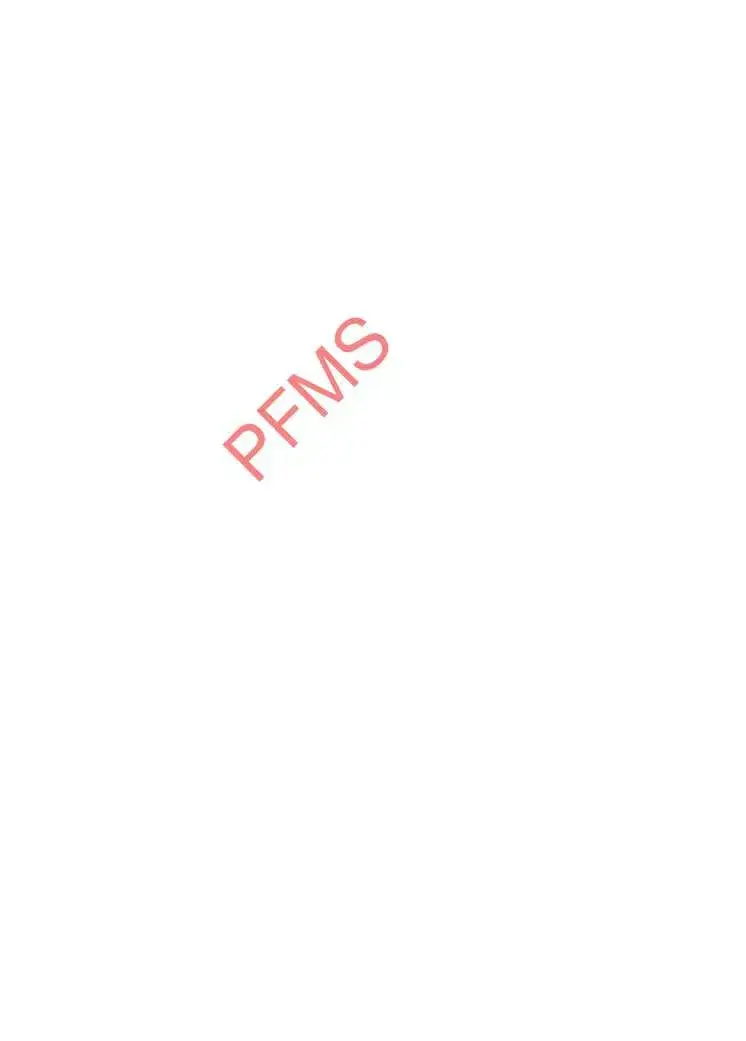The Pfms Generated Payment form plays a crucial role in facilitating Direct Benefit Transfer (DBT) payments, streamlining the process between government agencies and beneficiaries. Initiated on December 29, 2014, this document serves as an authoritative instruction for banks, particularly in this instance for the State Bank of India, Safdarjung Enclave Branch, to debit a specified agency account and credit the amounts to individual beneficiaries as per detailed annexure. The form lists the payment advice number, batch number, bank account details for debit, total amount to be debited, and number of beneficiaries, ensuring a transparent and traceable transaction process. Furthermore, it functions under the oversight of dedicated bank officials, exemplified by the appointment of a PFMS Nodal Officer, facilitating communication and resolution of potential issues. The annexure attached with the form details beneficiary information, including names, bank details, and payment amounts, confirming the targeted distribution of funds. This mechanism underscores the government's commitment to enhancing the efficacy of financial disbursements through the Public Financial Management System (PFMS), ensuring that benefits reach the intended individuals efficiently and securely.


